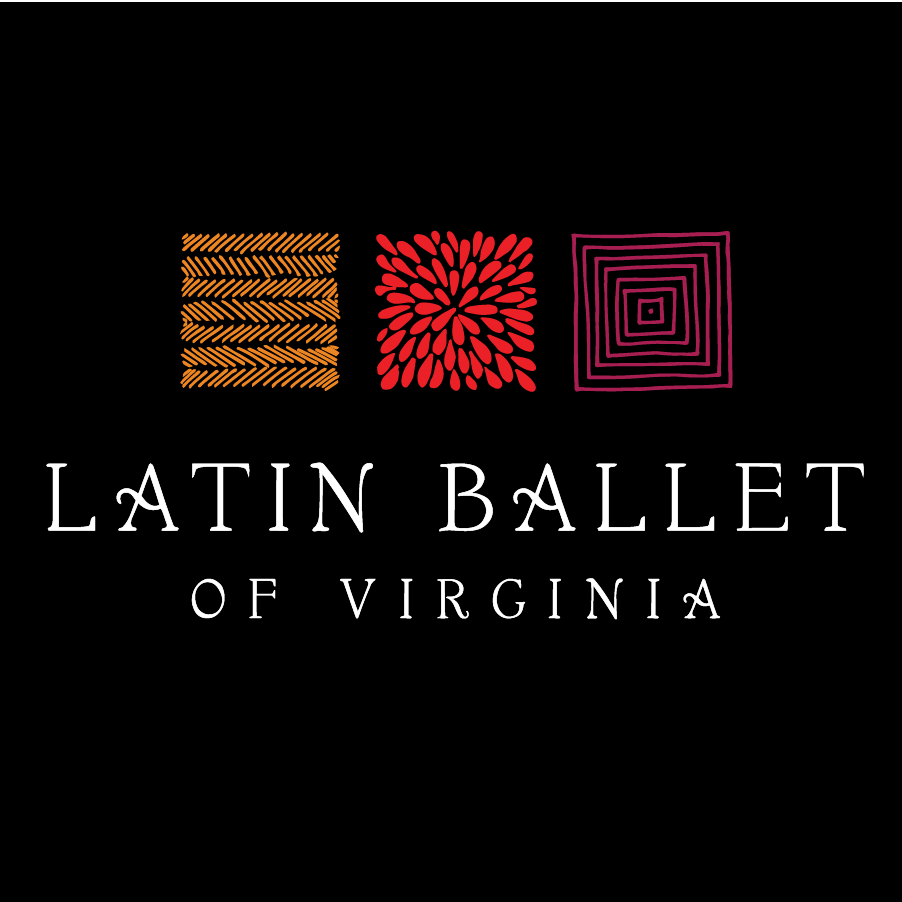Source: Richmond Symphony | NEWSLETTER | October 14, 2020
Memories Keep Us Alive
Q&A with Latin Ballet of Virginia’s Artistic Director
“Death is not mentioned in many cultures because it is said that it “burns the lips.” Mexican culture, however, plays with death and embraces it with celebration and love as a part of life.”
In anticipation of our first Atlantic Union Bank LolliPops concert of the season on Saturday, October 31 , we interviewed Ana Ines King, Artistic Director for the Latin Ballet of Virginia , to discuss the rich history and traditions of the beloved Mexican holiday, Día de los Muertos. For more information about this family-friendly concert, please visit our event page , where you can find details about our socially-distanced in person and/or livestream concert tickets.
What would you like our audience to know about the Latin Ballet of Virginia?
The Latin Ballet of Virginia is a non profit organization whose mission is to enrich and connect communities through Latin/Hispanic cultural dance experiences with a commitment to education, diversity and accessibility. For audiences of all ages and backgrounds who want to enrich their cultural knowledge and experiences, the Latin Ballet of Virginia connects the community to Latin culture and vitality through dance.
For audience members who may be unfamiliar, what is Día de los Muertos, or Day of the Dead?
El Día de los Muertos is based on the Mexican holiday which brings communities together to remember and celebrate loved ones who have passed and are missed very much. El Día de los Muertos (Day of the Dead) is a celebration of one of the most traditional Mexican festivities. This Aztec ritual and commemoration started at least 3,000 years ago. It is a festive interaction that embraces the cycle of life. Mesoamerican natives, African-Americans and Spanish blend their traditions during the celebration.
Similarly, what historical and cultural understanding do you want viewers to gain from this concert/performance? What are you most excited about?
More than 500 years ago, when Spanish Conquistadors landed in what is now Mexico, they encountered natives practicing a ritual that seemed to mock death. It was a ritual the indigenous people had been practicing for at least 3,000 years. Europeans considered the ritual to be sacrilegious and perceived the indigenous people to be barbaric and pagan. In their attempts to convert the Aztecs to Catholicism, the Spaniards tried to eliminate the ritual. But like the old Aztec spirits, the ritual refused to die.
With regards to the dance element, what can the audience (both in-person and at-home viewers) expect to see or experience during the concert?
A celebration of life - full colors, costumes - cultural and historical facts of one of the most important traditions and celebrations of Mexico. The audience will observe the Aztec ceremony; the traditional altar to honor the deceased; the legend of Malinali, the princess of the Aztec Empire; the monarch butterflies and the traditional Catrinas (fancy skeletons) dancing and having fun together to embrace life. The forms of dance that are part of the celebration are Flamenco, from Spain, and Native and traditional dances from Mexico and the Caribbean.
Tell us a little bit about your process in creating a dance, or performance. How did that process play out for this month's Días De Los Muertos performance?
The Latin Ballet of Virginia is honored to be partnering with the Richmond Symphony and to celebrate this wonderful tradition together. Nothing better than live music and we cannot wait to experience the Richmond Symphony music on stage! The Latin Ballet of Virginia has been presenting El Día de los Muertos for the last 11 years in Richmond and on tours but this is the first time performing with the live music of the Richmond Symphony. During the first years of our celebration, it was very hard to convince audiences to come to celebrate life through a Día de los Muertos performance or festival and to understand the facts and meaning. It has become more popular every year!
ABOUT DIA DE LOS MUERTOS
Día de los Muertos or Day of the Dead is celebrated in November throughout Mexico and by people of Mexican heritage in the U.S. It is a combination of the ancient Aztec tradition of honoring the dead and the Catholic traditions of All Saints Day and All Souls Day. The multi-day holiday involves family and friends gathering to pray for and remember friends and family members who have died, and helping support their spiritual journey. It’s viewed not as a day of sadness but as a day of celebration because their loved ones awaken and celebrate with them.


